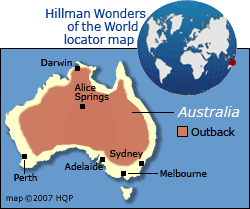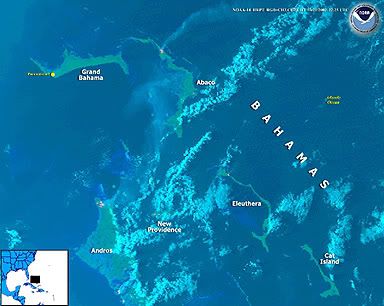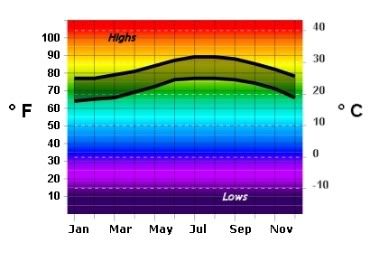Fernando de Noronha is an archipelago of 21 islands, the main island is the focus of my project.
the main island, also called Fernando do Noronha is the only inhabited island and it is
350 km from the coast of Brazil.
Some notable features on the
maps of
Fernando de Noronha are the one small airport runway in the middle of the island, "
Dolphin Bay" where the worlds largest Spinner Dolphin colony inhabits,
Morro do Pico "Peaks Hill" a huge rock that can be seen anyhere on the island, the main town nearer to the top of the island,
Fortaleza de Nossa Senhora dos Remedios, "The Fort of our Lady of Remedios Fernando de Noronha" an abondoned fort used to shelter world war 2 soldiers.
Fernando de Noronha is free of hurricanes and no big tsunamis or earthquakes. Fernando de Noronha does get severe tropical storms with high winds, heavy rain, and thunder. An example of the consequences of these severe storms is what happened
to a flight from France that hit a severe storm and crashed into the ocean not to far from the island.
The
natural vegetation of the island is mostly
vines and bushes and
grasses with a few different species of
trees particularly Nyctaginaceae, Bignoniaceae, Anacardiaceae, and Rubiaceae. There are a lot of bushes and shrubs that are not native to the island. The two bushes that are most noted on the island are Capparis Cynophallophora and Burra Leiteira Sapium Scleratum which are bushes that cause a sap that is known to cause burns on humans and animals. A few of the herbs include the harmful climbing vines are Jiteranas, Ipomea, and Merremia. there are also fruit trees that have been introduced to the island including papaya, cashew, and bananna.
Fernando de Noronha has very consistant tempertures and precipitation levels. Temperatures in Fernando de Noronha remain constant year-roundwith an average of 26 degrees celcius and 80% humidity. The island has two well-defined tropical seasons, the rainy season,January to August, and the dry season, September to December. The months with the most rain are March and April where rains can reach 20cm per day.
One interesting peer-reviewed article I found was one entitled
Interdisciplinary Paleovegetation study in the Fernando de Noronha Island (Pernambuco State), Northeastern Brazil.
The article discusses determine vegetation changes on the island since the begining of the geologic time, called the holocene. What interested me most about the article was the conclusions which stated that the climate changes that occured did not affect the vegetation. the article discussed many of the important trees, herbs, and bushes disccused in the vegetation section of this post.
Some fun facts about the island is that the island is home to the
worlds largest spinner dolphin population. Vacationing on the
island is exensive. There is a draconian tax system which is meant to discourage people from staying to long on the island. Guests are taxed everyday they are on the island, us11$ a day for the first 20 days, after that it rises to 372$ a day, and after 30 days it rising again to 910$ a day.
Also upon arrival local authorites hand out litter bags and register every visitor into a computer base so authorities will no how many visitors are on the island at one time, where they are from, and where they are staying. This is to preserve the environment on the island. Another example of the intense care dedicated to the island is
Atalaia beach, which is a beach
great for snorkeling. The number of visitors allowed on the beach at a time is restricted to six groups of 18 visitors all who are prohibited from touches the sea floor, they are forced to remain in a floating position at all times.
The island has 17 beaches, one airport, one highway, and 2800 Brazilians who are lucky enough to live in paradise!

 One especially notable type of vegetation on the island is the mangrove forest, a beautiful host to rich biodiversity.
One especially notable type of vegetation on the island is the mangrove forest, a beautiful host to rich biodiversity.







































